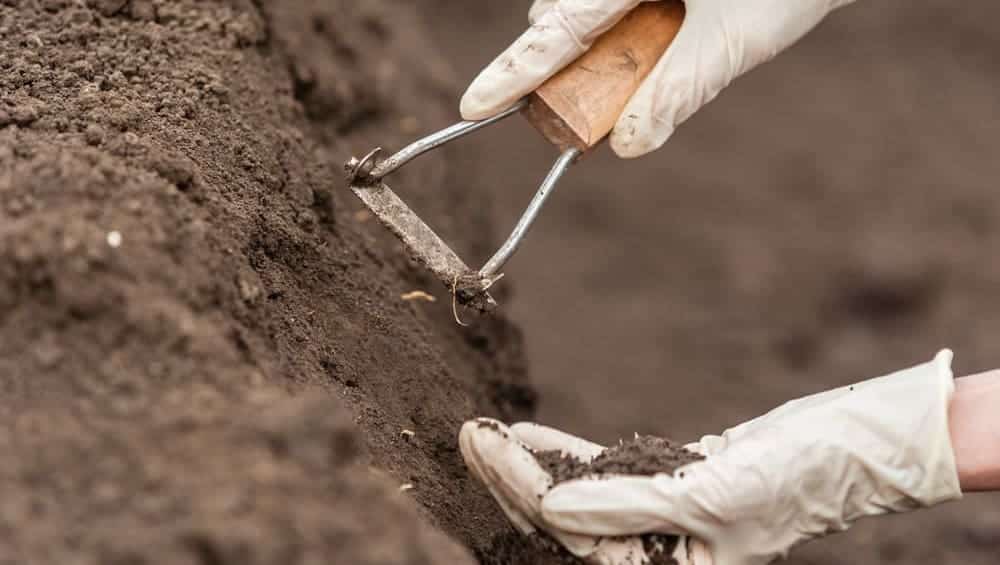What To Consider Before Starting A New Home Construction
There are very few things in life that are bigger than buying or undergoing home construction. It can be super exciting to see it coming together, but there are a lot of things you need to consider before you even lay down the concrete slab.
At Hyspec Construction, we’ve been building new homes (and improving old ones) since 2015. Here are our top recommendations for what to consider before you start a new home construction.
Soil Testing
Soil testing is a very important part of building a new home – if you build on the wrong sort of soil, you can face issues such as damage to your house. The main reason you will want to prioritise soil testing is to understand how much the soil is likely to move over time, as well as the way it expands and contracts in relation to moisture.
Soil testing will give your soil a class so that you can best determine your next steps. These classes are:
Class A: Stable, with very little possibility of ground movement due to moisture, such as sand and rock sites
Class S: Possibility of slight movement, usually clay sites
Class M: Possibility of moderate ground movement, on sites such as clay or silt
Class H: Possibility of high ground movement
Class E: Extreme ground movement likely
Class P: Problematic site. Moisture is expected to dramatically change the site, so you will need to consult a structural engineer before you undergo home construction.
Class A and S generally only require a basic concrete slab with footings, but all other classes of soil are going to need the slab to be reinforced.

Lot Codes
If you are planning on home construction on an existing or recently created small lot, there may be some design requirements you’ll need to follow. For example, house height needs to be taken into consideration, with maximum height restrictions in place, as well as height restrictions for rear and side walls. Distance to neighbouring properties also needs to be taken into consideration, particularly if you’re wanting a house setback – depending on the existing neighbourhood development, the allowable setbacks may vary. Your house also needs to be a set distance – the standard acceptable distance is one metre between the side wall of your house and the habitable room of your neighbours’ houses.
Consider Resale Value
Whilst we’re firm appreciators of staying in a home and building it around you as your lifestyle evolves, chances are that you won’t live in the same house forever. This is why it’s important to consider the resale value of the home you’re about to build. If you do plan on reselling the house, you will of course want to make a profit off of all of your efforts.
Before starting your new home construction, talk to your builder about what you can include in the home to increase its resale value. Try to see what’s popular on the current market to help guide your decision. Keep in mind that, while this may add cost to your build, it can be cheaper to upgrade your home during the building process, rather than once the house has been completed.
Pay Attention To Your Climate
You may have your heart set on a certain home design, but have you paused to consider whether or not it’s practical for the climate you live in? For example, if you live in a place that is prone to heatwaves, are there any passive designs in your home that will help to release heat? Or will you build a dedicated “cool zone” that you can escape into for the hottest part of the day? Will you use metal roofing and appropriate window coverings if you live in a place that experiences intense storms? Taking time to consider the world around you can go a long way to a successful home construction.
The Australian Government’s Your Home page gives a great guide in building a sustainable and weather-safe house.
Plan For Delays And Changes
A good builder will of course keep to their construction timeline to the best of their ability, but sometimes things don’t always go to plan. To reduce downtime, ensure that all necessary materials are ordered well ahead of construction time, and confirm appointments with tradesmen to make sure they are on site on time. Additionally, keeping some money aside for emergency use – there may be bumps in the road along the way, such as faulty materials or items.
Similarly, have a second choice for lighting, flooring, cabinetry and so on. On the off chance that your desired item isn’t available, having a backup will keep the construction moving ahead smoothly and save you time.
These are just five considerations you should take into account when undertaking a new home construction. Talk to the team at Hyspec today and find out how we can help you with your next big home project – whether it be a new home, or refreshing your current one.

